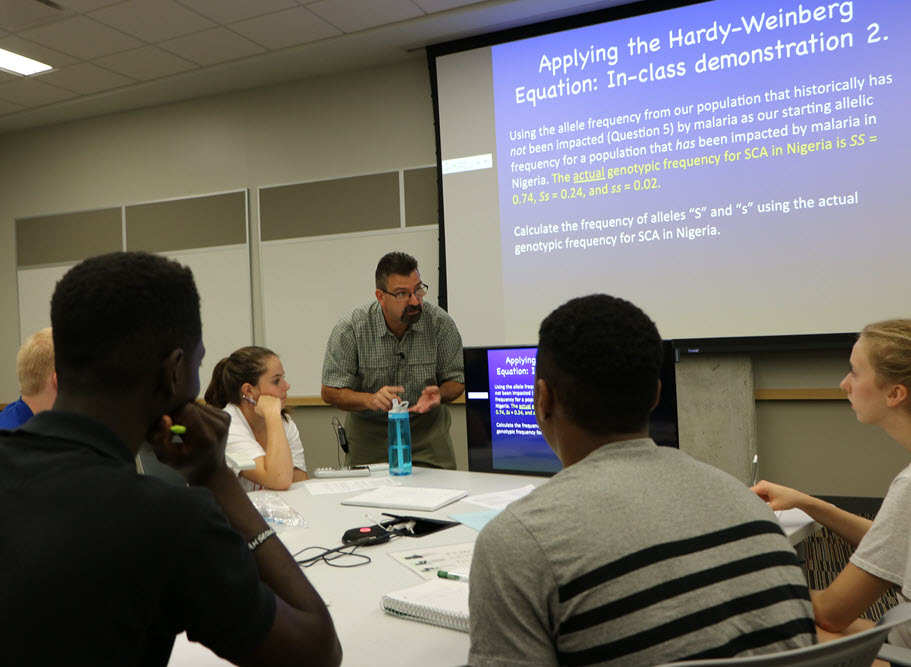We have all felt like “the other” at some point in our lives.
“The other” is an outsider, someone who feels vastly different from those where they live and work. Being “the other” is uncomfortable and unsettling. It generates self-consciousness and suspicion. It drains energy.

Recent events on campuses around the country have made it clear that far too many of our students feel like “the other.” For some, it’s the color of their skin. For others, their ethnicity, their sexual identity, or even their political views. They feel as if they have been forced to suppress parts of themselves to just survive day by day.
As one of my students, Joshua Robinson, wrote before a recent campus forum:
“We have had to accommodate racism and ignorance to make our white peers feel good about themselves. We have to accommodate being second-class students at a university we all pay money to attend, and — the worst — black students have to accommodate the administration and faculty not advocating for black students in the classroom and the residence halls.”
As instructors, we can’t solve all of those problems, but we can make sure that all of our students feel welcome in our classes, that our courses help all our students learn in the best ways possible, and that we provide a safe atmosphere for taking on gnarly, emotional issues that fester inside our students.
To help with these issues, the Center for Teaching Excellence has created several pages of resources on inclusive teaching.
As Andrea Greenhoot, the director of CTE, writes in the introduction to the resources page, “promoting success for all learners requires us to reflect on our own practices and engage in deliberate, intentional efforts to model and promote an equitable teaching and learning environment.”
The resources page is broken into three main sections, each with a separate page:
Within those areas you will find additional readings, videos, handouts, exercises, and other materials intended to promote inclusive teaching. Make sure to check out a separate page of tips, syllabus statements, and resources from Meagan Patterson, an associate professor of educational psychology and a faculty fellow at CTE.
We see this as a starting point for many types of discussions, and we welcome ideas and materials we might make available.
Doug Ward is the associate director of the Center for Teaching Excellence and an associate professor of journalism. You can follow him on Twitter @kuediting.